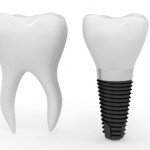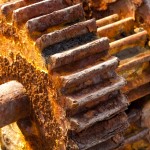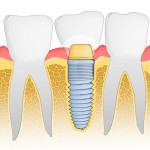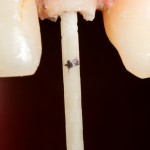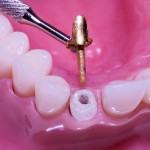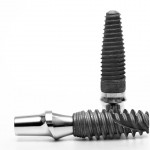
The use of systemic antibiotics during dental implant placement has been controversial, with some authors claiming higher survival rates with peri-operative antibiotic use. The aim of this multi-centre trial was to assess the effect of various systemic antibiotic prophylaxis regimes on patient- reported outcomes and postsurgical complications in patients undergoing conventional implant placement. Following establishment [read the full story…]

